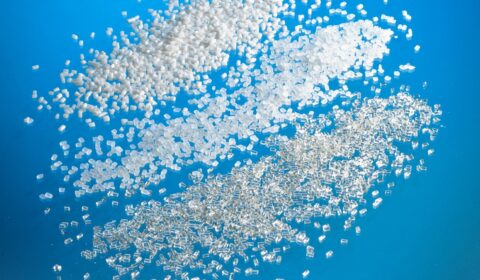Mechanisms Underlying Amorphous Solid Dispersion Release
Amorphous solid dispersions (ASDs) comprising a polymer and a poorly water-soluble drug are an important formulation strategy for improving oral bioavailability. In spite of their increasing usage for drug delivery, factors impacting the rate of drug release from these formulations are not well understood. The mechanisms of release from ASDs of copovidone will be described and visualized. The impact of drug loading on release performance will be considered in detail.
Key Learnings:
- The fundamental relationship between amorphous and crystalline forms and the thermodynamic implications on solubility and solubility enhancement potential
- The concept of congruent and incongruent release of API and polymer from an ASD, and the limit of congruency as a critical material attribute of an ASD
- How release behaves differently below and above the limit of congruency, and possible moderating strategies to raise the limit of congruency




